What’s Up in the Studio: Audio Interfaces
For many years, even the world’s most renowned audio engineers were only able to record a couple tracks at a time. As the 20th century progressed, recorders and consoles with more inputs/output channels became available professionally and commercially.
The development and integration of various audio recording software made the number of tracks available to us today essentially unlimited. If you’re interested in digital recording, let’s start at the beginning: What is an audio interface?
An audio interface is the hardware that connects your microphones and/or instrument inputs to your computer and recording software. This is a critical part of your Digital Audio Workstation because it performs several key tasks.
 Conversion
Conversion
When audio is recorded, most interfaces will convert analog signal (current/voltage) into the digital language a computer can process (binary code). This digital information is sent to your computer through whatever kind of connection and cabling your interface utilizes. This may be any variation of USB or FireWire 400/800, for example. Interfaces perform this function in reverse, converting the previously received digital information back into analog signal that you can hear through your headphones or speakers for playback.
 Amplification
Amplification
Another key task of many digital audio interfaces is amplifying your initial audio signal for processing and playback–this happens with a preamplifier. When you speak into a microphone, the signal generated by your voice is very small; the preamplifier brings it up to a workable level that can be processed for playback. The quality and sonic characteristics of preamps widely range and can affect your recorded sound. Most USB/FireWire audio interfaces have internal preamplifiers, but in more developed home recording setups and professional studio spaces, you may find an assortment of external preamps. For example, I may use a different preamp to record a thrashing electric guitar than I would to record a delicate mandolin or banjo melody.
 Input
Input
Many commercial USB/FireWire interfaces feature somewhere between one and 16 channels or inputs. If you only need one or two tracks at a time, consider trying Apogee’s One and/or Duet. They have world-class preamps and converters, ¼”and balanced XLR inputs allowing you to record either directly with your instrument or your microphone of choice, optional 48V phantom power for condenser microphones, an 1/8”output to connect headphones or a stereo ¼” adapter cable for speakers, and they’re both small enough to fit in your pocket making them great for mobile recording.
Audio interfaces can get extremely expensive and are constantly evolving and being updated. Don’t let this stress you out too much. There is great sounding gear in every price point. Give yourself time to experiment and figure out what works best for you.

 Conversion
Conversion Amplification
Amplification Input
Input



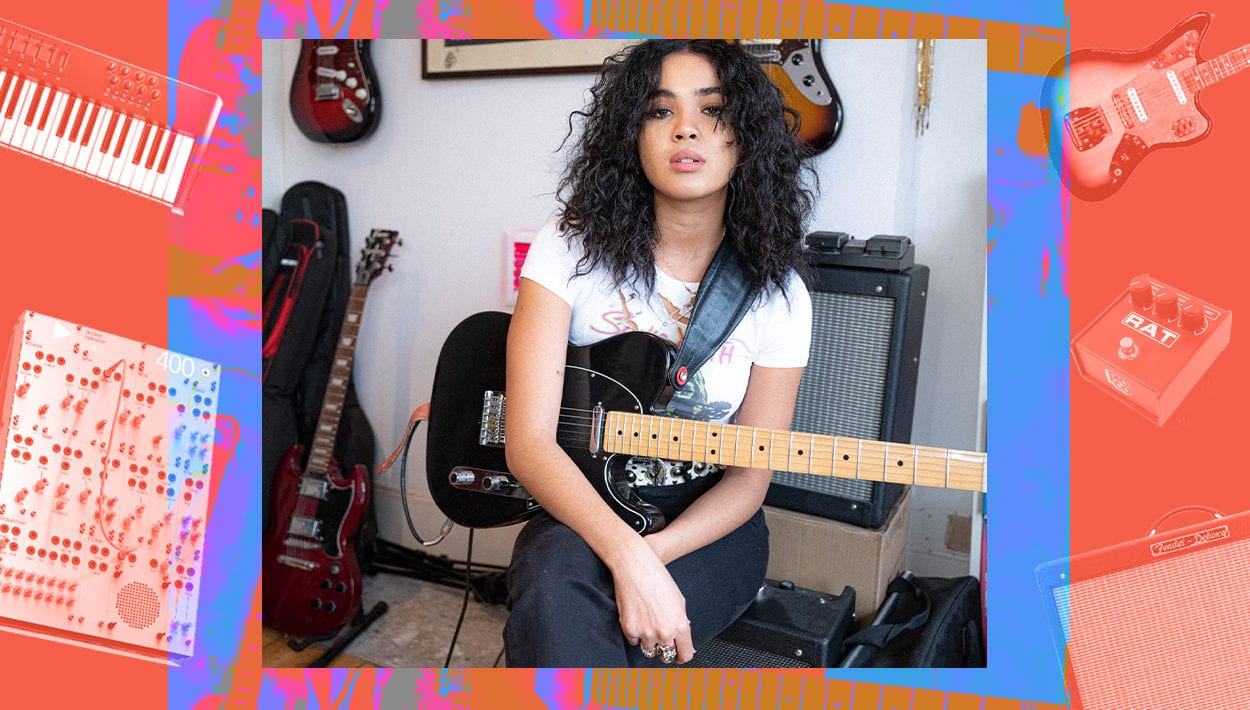
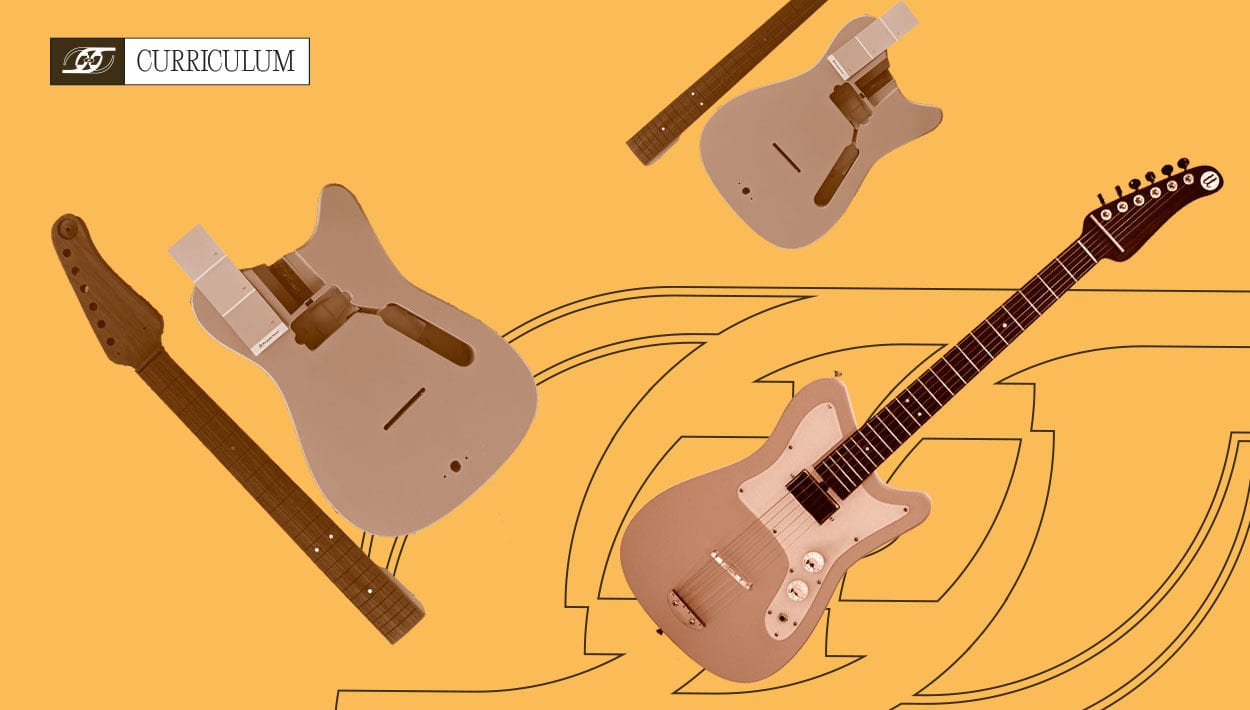
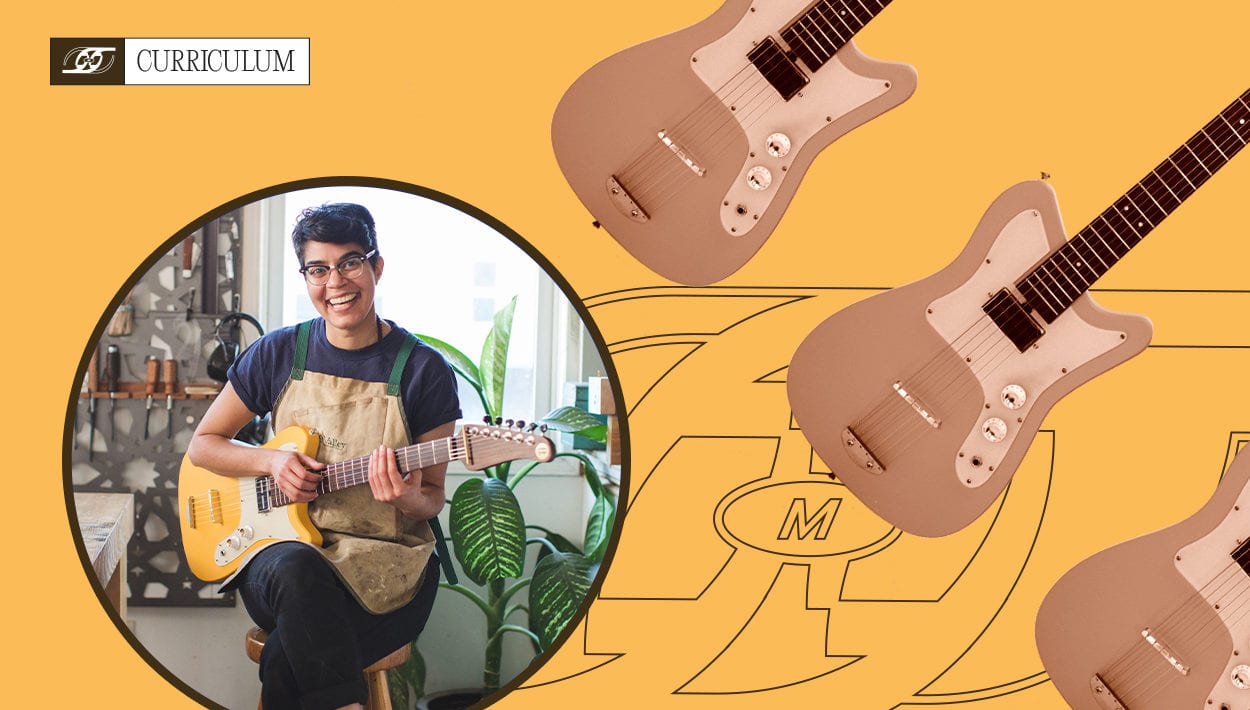
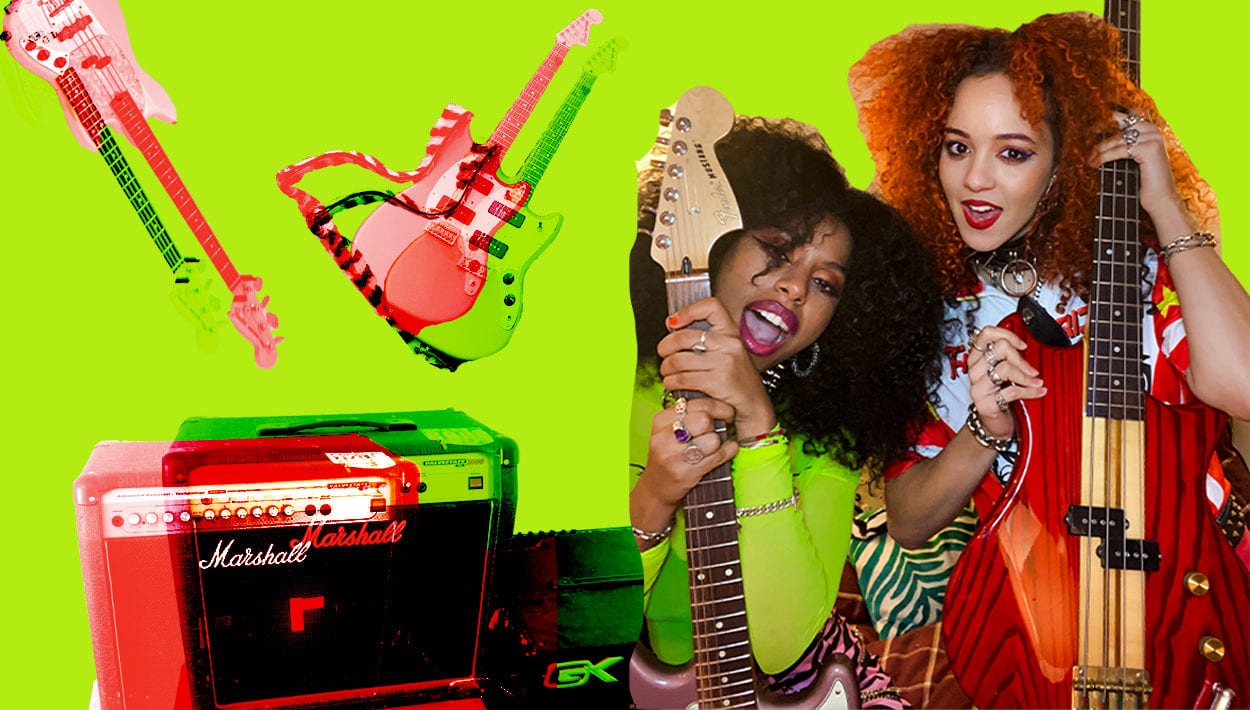


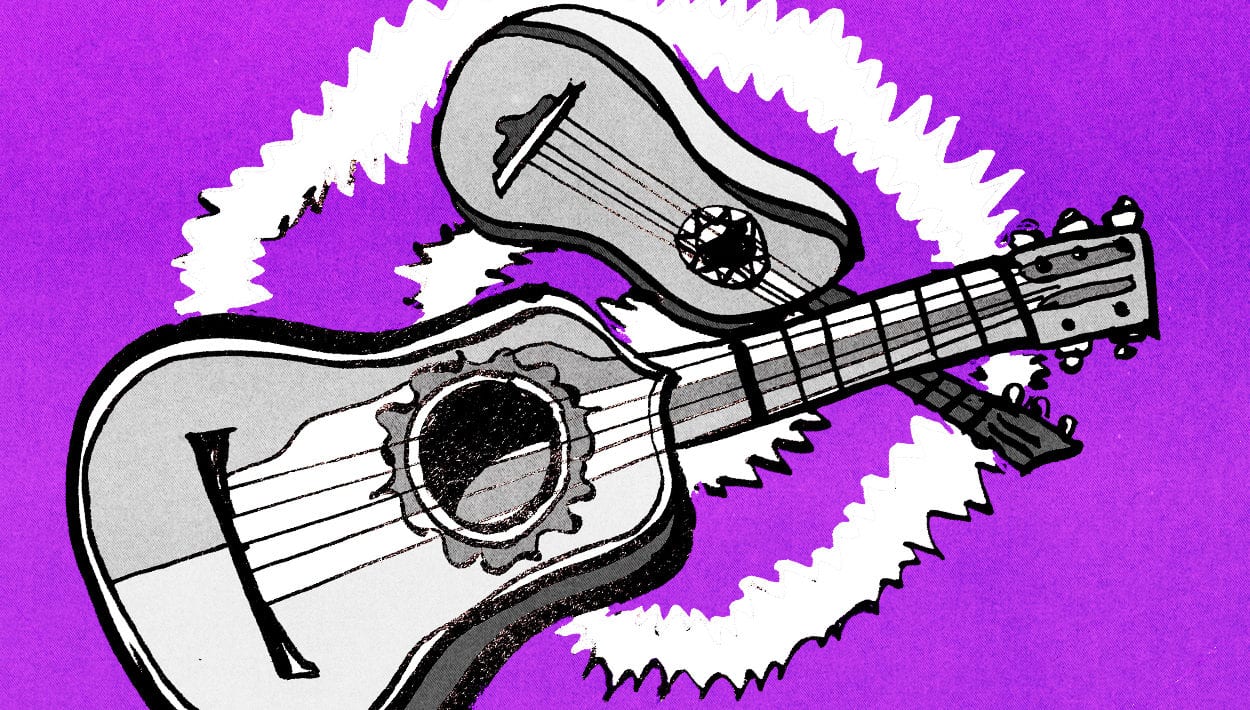


Comments
No comments yet